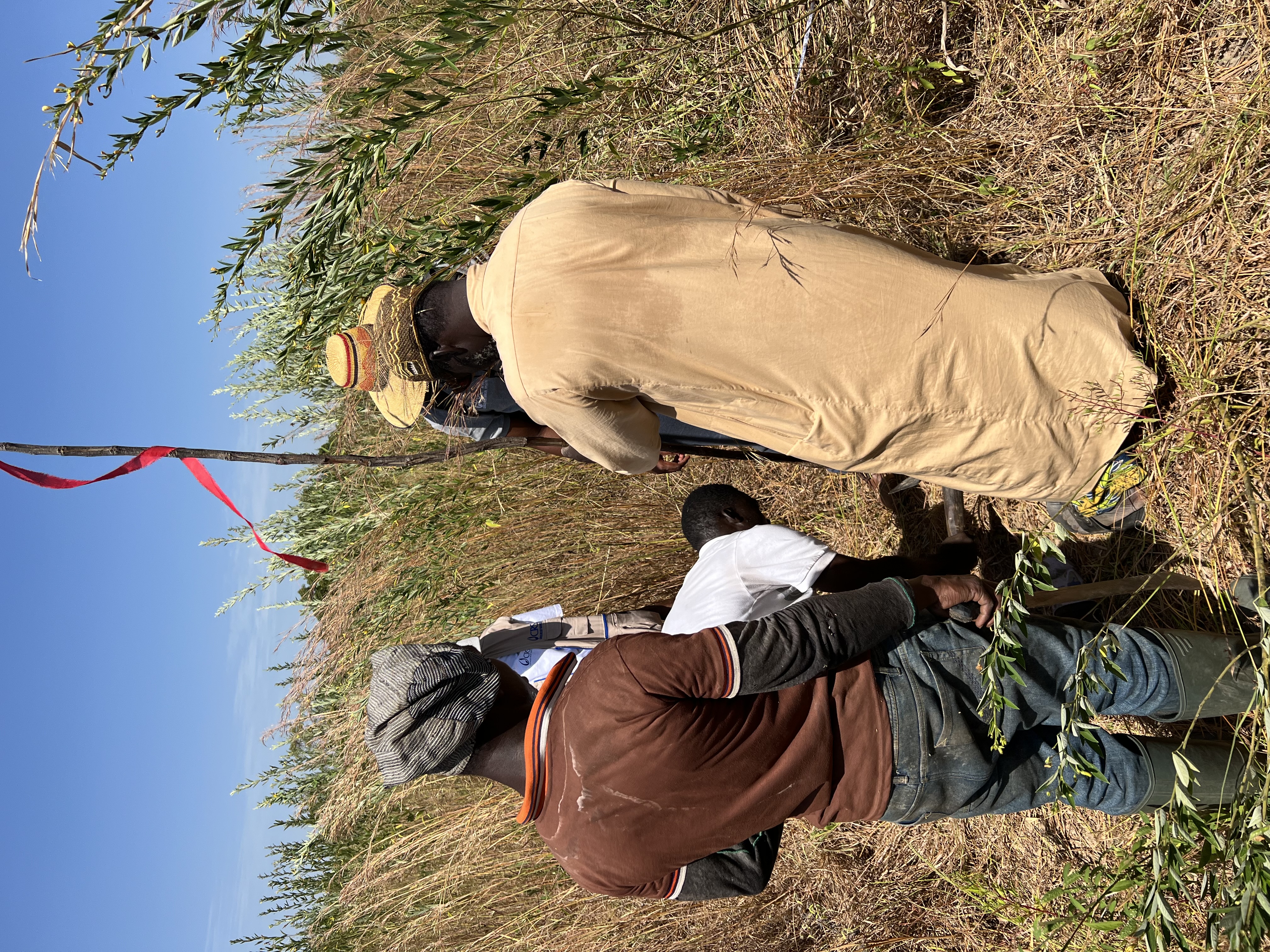
Preparing your data collection
Content
This article will go into the following topics:
Preparing data collection
Offline collection
FAQ’s
Preparing data collection
The DCT app is designed to help you collect high-quality data on the first visit, minimizing the need for additional trips. However, proper preparation is still essential for a successful data collection experience.

Some tips to prepare your collection
Make sure you have enough free storage space on your device
Data collection will require storage space on your device. To prevent issues in the field, make sure you have at least 500 MB of free space. You can check your available storage by going to your phone’s settings and searching for 'Storage'.
If you need to free up space, consider deleting unwanted photos, videos, apps, files, and messages.
Charge your phone to 100% before departure
If your battery dies during data collection, you will need to revisit the same farmer later to collect the missing data. To prevent this, ensure your phone is fully charged before you leave.
Bring a battery bank and charger
Power outlets might not be available in the field, so it's highly recommended to bring at least one, but preferably several battery banks and chargers.
This ensures your phone stays powered during data collection.

⠀
Bring at least two paper copies of the Participant Agreement per farmer
In the Data Collection Tool, the Participant Agreement can be collected on paper, or digitally and on paper via photos.
If collecting on paper, you will need two copies: one for the farmer, and one for your local partner.
If using the paper with photos method, only one copy is needed for the farmer, as the local partner will receive a digital copy via the Data Collection Tool.
It's advisable to bring two paper copies, even if you plan to use the photo method, to avoid potential storage issues in the field.
For more information about the Participant Agreement, refer to the dedicated page.
Download an offline map one hour or less before leaving
Download an offline map one hour or less before you leave to ensure you have the most up-to-date version. Offline maps include plots collected in a specific area.
By downloading the latest map, you can avoid overlapping or collecting a plot that has already been recorded by a colleague.
For more information about this, refer to the dedicated page.
Engage with the farmer
Before collecting any farmer data, make sure that the farmer fully understands the Acorn project.
Before asking a farmer to sign the Participant Agreement and Data-Sharing Consent, make sure the farmer fully understands everything that is described in these documents. You can find a useful infographic on the linked page.
Fill in all information together with the farmer, and ask the farmer to show exactly where the boundaries of their plot are.
Offline collection
Data collection can partially be done offline. The process of collection only requires an internet connection in three situations:
Logging in to your account
Downloading an offline map
Sending your data to the local partner.
Collecting data can be done offline.
Important information when collecting offline
To collect data offline, you must download an offline map.
Once the area of collection has been downloaded, all polygons that were collected prior to downloading will be visible on the map.
To minimize plot overlap:
Download new maps when internet connection is available, to have the most recent polygons visible on the map.
Submit your farmers' profiles when internet access is available, so other data collectors can see your polygons.
For more detailed information, please see the dedicated article.